Apparently, the compiler thinks NSSearchPathDirectory:0 is an array, and of course it expects the type NSSearchPathDirectory instead. Certainly not a helpful error message.
But as to the reasons:
First, you are confusing the argument names and types. Take a look at the function definition:
func NSSearchPathForDirectoriesInDomains(
directory: NSSearchPathDirectory,
domainMask: NSSearchPathDomainMask,
expandTilde: Bool) -> AnyObject[]!
directory and domainMask are the names, you are using the types, but you should leave them out for functions anyway. They are used primarily in methods.- Also, Swift is strongly typed, so you shouldn't just use 0. Use the enum's value instead.
- And finally, it returns an array, not just a single path.
So that leaves us with (updated for Swift 2.0):
let documentsPath = NSSearchPathForDirectoriesInDomains(.DocumentDirectory, .UserDomainMask, true)[0]
and for Swift 3:
let documentsPath = NSSearchPathForDirectoriesInDomains(.documentDirectory, .userDomainMask, true)[0]


